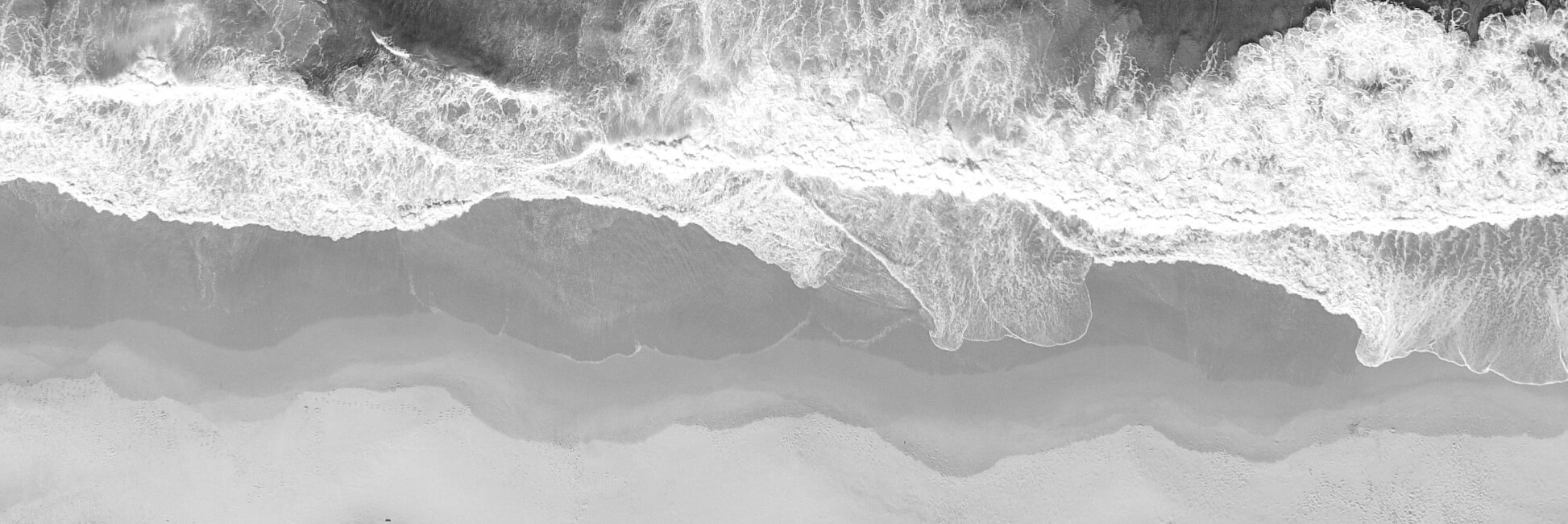For patients seeking facial treatment options on the Gold Coast, understanding the technical aspects of different surgical approaches can be valuable Dr Terrence Scamp’s specialised deep plane facelift (Rhytidectomy) technique represents a specific methodology among facial surgery options available locally.
What Is a Deep Plane Facelift (Rhytidectomy)?
The deep plane facelift technique Dr Scamp performs differs substantially from conventional approaches. While traditional methods primarily address skin laxity through tightening, the deep plane (Rhytidectomy) technique operates beneath the superficial musculoaponeurotic system (SMAS) layer.
This anatomical distinction is significant. By working below the SMAS, Dr. Scamp’s procedure repositions multiple facial tissue layers as a cohesive unit. This approach releases key facial ligaments—including zygomatic, mandibular, masseteric, and cervical groups—allowing for vertical tissue repositioning rather than the backward pull characteristic of older techniques.
Patients considering facial surgery should note that results from this approach typically persist for 10-15 years, compared to the 5-10 year durability associated with traditional methods.
The Assessment Process
Dr Scamp’s practice implements a structured patient assessment protocol. Prospective patients undergo a comprehensive evaluation focusing on:
- Age parameters (typically 45-65 years)
- Skin quality and elasticity
- Overall health status
- Specific facial aging patterns
This assessment determines surgical suitability and helps establish appropriate expectations. Australian medical standards require multiple consultations, including at least one in-person meeting with Dr Scamp before proceeding. This consultation period provides the opportunity for detailed discussion of the procedure, recovery timeline, and potential outcomes.
Surgical Protocol Details
For patients proceeding with surgery, the procedure follows a systematic approach. Dr Scamp performs deep plane facelifts (Rhytidectomy) at accredited hospital facilities, typically under general anesthesia administered by specialist anesthetists.
The surgical sequence includes:
- Strategic incision placement to minimise visible scarring
- Creation of a subcutaneous flap and SMAS layer access
- Release of ligamentous attachments with precise muscular adjustment
- Composite flap elevation and tissue repositioning
- SMAS layer suspension using specialised suturing techniques
- Conservative excess skin removal and meticulous closure
The procedure duration averages 3-4 hours, with overnight hospital observation standard for patient monitoring.
Recovery Timeline Expectations
Understanding the recovery process helps patients plan appropriately. The typical recovery progression includes:
Week 1
Patients remain under observation initially, with peak swelling around day three. Head elevation, activity restriction, and pain management constitute the primary focus during this period.
Weeks 2-3
Suture removal occurs at Dr Scamp’s practice, with progressive reduction in swelling and bruising. Many patients resume non-physical employment during this phase, though residual facial asymmetry from swelling may persist.
Months 1-3
Scheduled follow-up appointments monitor healing progression. Patients gradually return to normal activities, including exercise, as swelling continues to resolve.
While most patients resume normal activities within three months, complete healing continues for up to one year, with scars requiring a full year to reach maturity.
Risk Management Considerations
Any surgical procedure involves potential complications. Dr Scamp’s practice emphasises risk minimisation through:
- Comprehensive preoperative assessment
- Precise surgical technique
- Detailed postoperative instructions
- Regular follow-up appointments
Common temporary effects include bruising, swelling, and transient nerve sensations. More significant complications occur infrequently but may include hematoma formation (<2%), nerve injury (<1% for facial nerve), skin necrosis (<3%), or infection (<1%).
The practice provides 24-hour contact availability for urgent concerns, with scheduled appointments to assess healing progression.
Conclusion
Dr Terrence Scamp’s deep plane facelift (Rhytidectomy) represents a specific technical approach to facial surgery. The procedure addresses multiple anatomical layers simultaneously, potentially providing longer-lasting results than traditional methods.
Patients considering this surgical option should arrange a consultation to determine individual suitability based on facial anatomy, health status, and specific ageing concerns. The comprehensive nature of the procedure requires an understanding of both the potential benefits and the commitment to the recovery process.






